Latest google ads updates in 2023
It’s never a dull day in PPC, and 2022 proved that at every opportunity. Small and medium businesses were pushed above and beyond this year by supply chain disruptions, shifting consumer behaviors, and skyrocketing inflation—and along the way, Google, of course, made some moves of its own.
1. Cost per lead increases (nearly) across the board
WordStream’s recently released Google Ads benchmarks report shows that cost per lead has increased significantly—for 91% of industries. While the average overall increase is 19%, the Arts/Entertainment, Travel, and Furniture industries saw increases of 134%, 69%, and 54% respectively.
The data suggests that factors like high prices due to inflation, plus ads showing for low commercial intent queries, have led to a decrease in conversion rates and therefore an increase in CPL.
2. Expanded text ads finally meet their end...
Every marketer puts pride into crafting the perfect text ad, and for the past 22 years, advertisers have been manually writing, testing, and optimizing their PPC ads on Google. Over the years, Google’s introduced several new search ad formats. In 2016, Google doubled the size of its standard text ads with Expanded Text Ads. And in 2018, Expanded Text Ads grew even larger again. But after several years of change, Google finally killed off Expanded Text Ads in June, no longer allowing advertisers to create the format that defined PPC advertising for years.
3. ...as do Smart Shopping and local campaigns...
Ecommerce advertisers know shopping ads well. In 2018, Google released its Smart Shopping campaign type to help businesses promote their shopping ads across Search, Display, and YouTube. With just a product feed in Google Merchant Center, Google’s reach of high-value placements across the web was easily available for all small businesses. Similarly, Google introduced Local Campaigns in 2019 to help local businesses promote their Google Business Profile across Google Search, Maps, Gmail, Display, and YouTube.
4. ...and similar audiences are next
Google introduced Similar Audiences to complement advertisers’ reach of their remarketing audiences nearly a decade ago. The success of rival Facebook’s lookalike audiences brought Google to double down on its Similar Audiences. Since then, they’ve become a cornerstone of many advertisers’ Google Ad campaigns. However, new privacy standards have hit both Google and Facebook’s audience solutions hard. That’s why in November, Google announced that it plans to transition away from Similar Audiences for “more powerful and durable” audience solutions next year.





